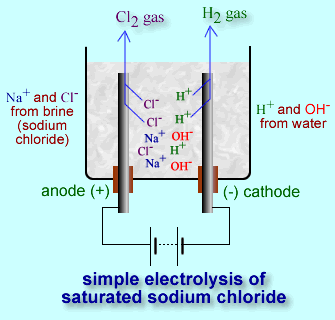Empirical Formula
Empirical Formula an be calculated by the following steps. •Assume a definite starting quantity of the compound, if not given and express the mass of each element in grams. •Convert the grams of each element into moles using each elements molar mass. This conversion gives the number of moles of atoms of each element in the quantity assumed in previous step. •Divide each value obtained in previous step by the smallest values. If the numbers obtained are whole numbers, use them as subscripts and write the empirical formula. •Multiply the values obtained in the previous step by the smallest number that will convert them to whole numbers. Use these whole numbers as the subscripts in the empirical formula.


